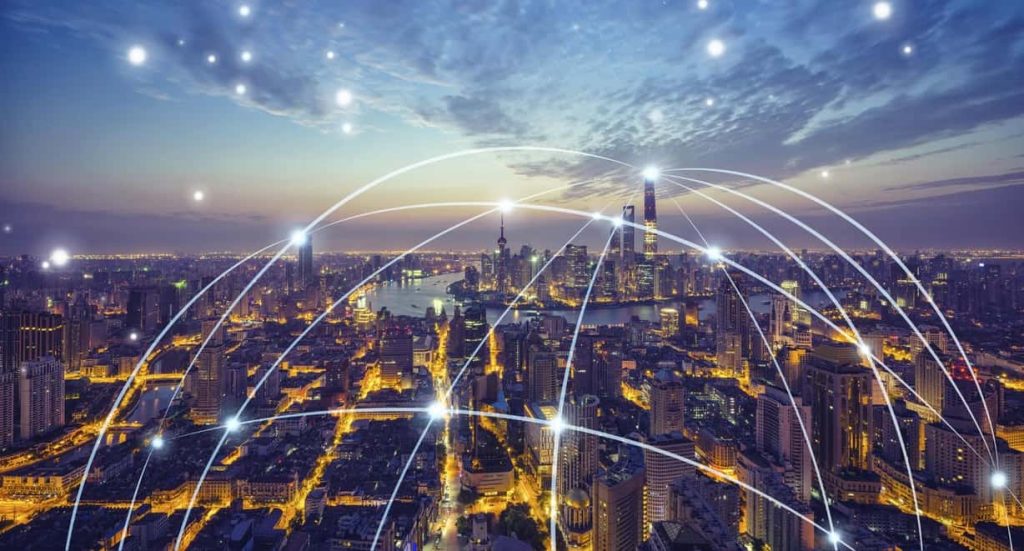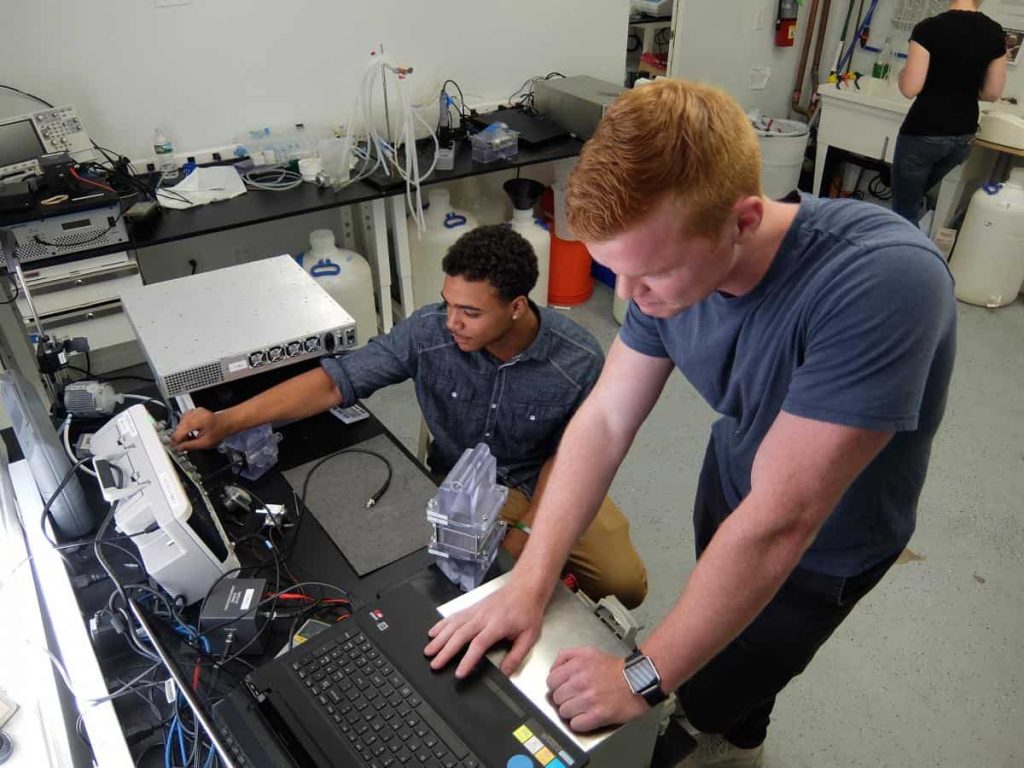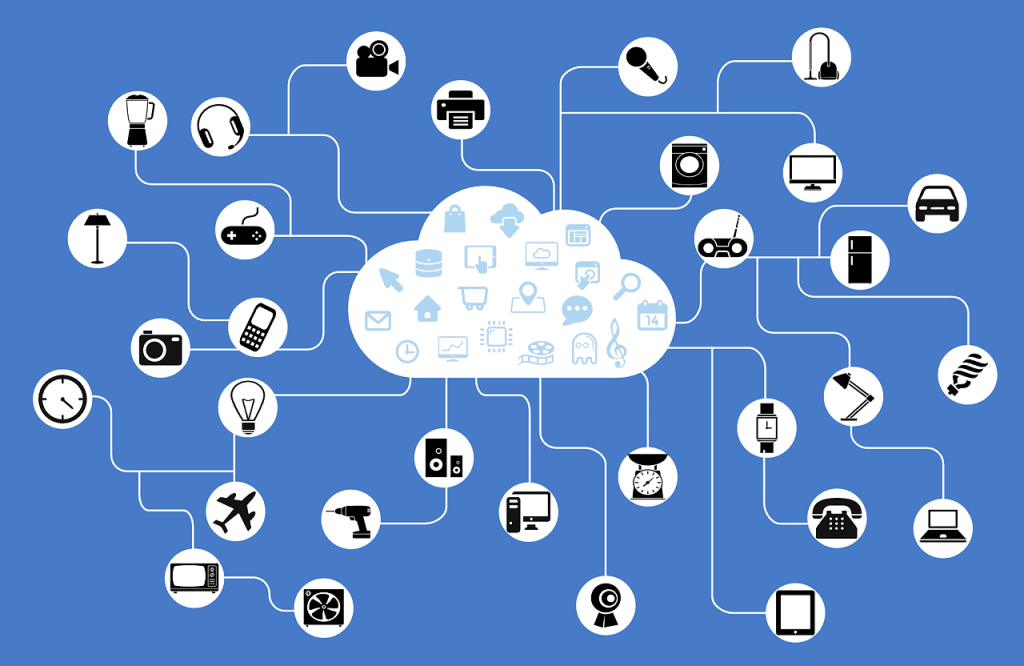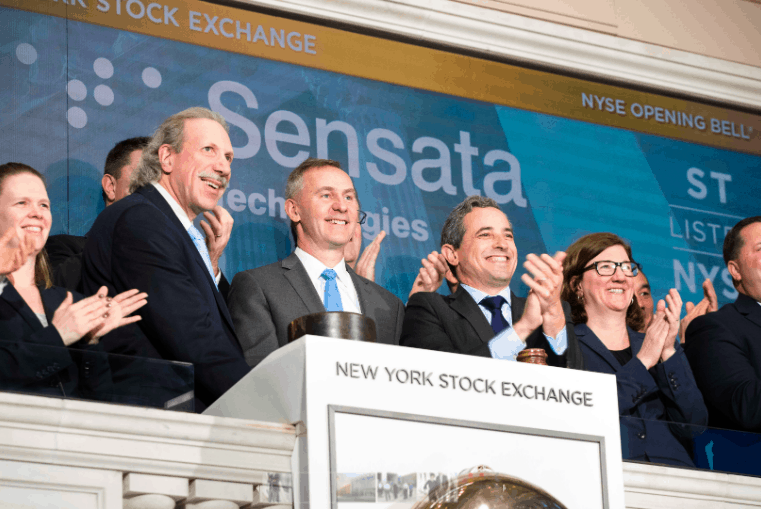Setrag Khoshafian is Chief Evangelist and VP of BPM Technology at Pegasystems. He writes and presents extensively on the Internet of Things (IoT) and digital transformation. You can see him at MassTLC’s The Intersection of Robotics and IoT: How Sensors, Data, and Intelligence are Redefining Industry event on December 11th.
This is Part 8 of a Series. Part 1 focused on the impact of IoT DX for the customer experience. Part 2 focused on how IoT DX is transforming field service. Part 3, elucidated how IoT is transforming the Insurance industry. Part 4 showed several examples of IoT transformation in financial services. Part 5 focused on the adoption of IoT DX in healthcare. The scope of Part 6 was utilities. Part 7 focused on oil and gas.
So far most of our discussions on IoT Digital Transformation has been for the customer experience (Part 1) and the various industries from financial, insurance, healthcare, utilities, and oil and gas. How about the public sector: for local, state, as well as federal government? The impact and opportunities of IoT for the public sector are enormous. We at Pega alluded to this in a related publication where we highlighted a number of areas where government can benefit from IoT connectivity, especially with the dynamics of people, business processes together with intelligent Things:
Technology alone is not going to create innovation. Innovation happens when we have a culture of change and some organizations in the public sector are starting to realize that. A new breed of innovation is facilitating incremental but transformational creativity in end-to-end automated processes involving people, systems, and intelligent “Things.”
That was in 2014. Fast forward to 2017 and you’re witnessing several compelling and successful IoT projects impacting all agencies of local, state, and federal governments.
Read on to learn some of the pragmatic areas of IoT for the public sector, especially with AI driving end-to-end digitized business processes.
Smart and Connected Cities
Often people compare cities along the dimensions of “connectivity” (aka Connected Cities) and “smarts” (aka Smart Cities). Often used interchangeably, the two terms are complimentary. According to the recent Connected Cities USA conference, “With the Internet of Things exploding across the globe, cities that once were restricted by shrinking budgets and an aging workforce are now finding they can modernize their infrastructure projects quickly and more efficiently by employing smart technologies. With thousands of new IoT-based products hitting the market on a seemingly daily basis, the cost of going smart has been greatly reduced in the last year.”
As I travel across the U.S. and the world, often I’m surprised at the new energy and even innovation appearing in cities I’ve not visited in a while. I see construction but also new services that were unheard of a few years ago, for instance connected trash bins in New York, which tell trash connectors when the bins are full. Digitization is changing cities. The opportunities with IoT and connectivity are many. Cisco calls it Smart+Connected communities because both are two sides of the same city coin. The city can tap many new advantages: smart transportation (parking, traffic), better security, and city-wide Wi-Fi availability, to name a few.
Cities are one of the pillars of public sector — and perhaps they are the most important as most of us do live and will be living in cities: it is an irreversible trend as shown by UN and Economic World Forum studies. Urban population is growing rapidly and the urbanization trend will only accelerate. Therefore, advances in connected devices for energy, transportation, cleaner air, and emergency services within increasingly connected cities are very timely.
IoT Adoption in the Public Sector
IoT adoption in cities shows how the public sector is leveraging connectivity to become more efficient. According to BI Intelligence’s The Internet of Things Ecosystem Research Report, governments will be the second largest adopters of IoT, behind only businesses or enterprises. Many government or public sector areas benefit from IoT-connected devices and solutions and noticeably improve our quality of life, including:
Transportation
Devices on highways, bridges, and cities are becoming increasingly intelligent. One interesting case study of IoT connectivity with efficiencies emanating from automated processes comes from the New South Wales (NSW) Transportation Management Centre (TMC), Sydney. The NSW TMC built a seamless, decision-based incident management environment to track, manage, and respond to a myriad of events more efficiently. It leverages more than 20,000 connected devices to route and resolve issues (“faults”) in end-to-end digitized processes. It shows the power of Process of Everything for IoT.
Energy Conversation
With ever-smarter connectivity of various devices in our homes and businesses we have tremendous opportunities to improve energy consumption. Buildings and factories are becoming increasingly intelligent in conserving energy. I touched upon improvements in utilities in my post, IoT Digital Transformation, Part 6: Utilities. Now with smarter connected devices for energy consumption, governments can realize greener buildings, greener city lighting, and an overall greener environment just by being smarter on how energy is turned on and used.
Smart Parking
Drivers often avoid cities or congested areas because of parking challenges, a problem shared by all large cities. A number of technology providers have started to address this compelling challenge. Siemens, for example, has introduced a smart parking solution that goes beyond the parking lot and uses radar sensors on street lamps to detect and forecast the availability of parking spaces. The intelligent system can inform the driver proactively of the availability of the space. It is also aggregated with public transportation and provides an optimized destination solution to the driver.
Safety and Emergency Services
Public safety is a robust application of connected devices. Every day we hear about the value of connected video cameras and other sensors or connected devices (for example, in stores or banks) that have either saved lives or provided data to apprehend criminals. The potential use cases of IoT for safety and emergency services is enormous — from chemical detectors to coordinating rapid responses to intelligent robots assisting law enforcement, to name a few.
Military
One impactful area for IoT is the whole realm of advances in security and military applications. A recent paper titled, “IoT with iBPM & DCM for Battlefield Digital Transformation” in the 2017 book Digital Transformation with PDM highlighted the advantages of AI driving Dynamic Case Management for the end-to-end coordination within military applications — especially battlefields with many sources of data from connected assets. The secure access to tactical battlefield information to military commanders everywhere is critical and connectivity is essential. However, as with all public sector applications, the insight needs to be put into action within the context of digitized value chains through automated processes.
This list is not exhaustive by any means, but it does illustrate the comprehensive disruptive impact of IoT DX in the public sector. However, the real benefit emanates through gaining insight from connectivity and then acting intelligently for the citizens.
In Part 9, I’ll revisit the impact of digital transformation in manufacturing.
This blog was originally published on pega.com.
Register for The Intersection of IoT and Robotics: How Sensors, Data, and Intelligence are Redefining Industry




